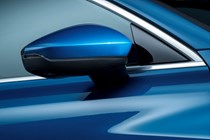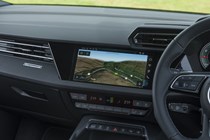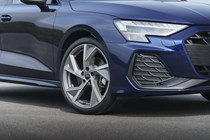Audi A3 running costs and reliability
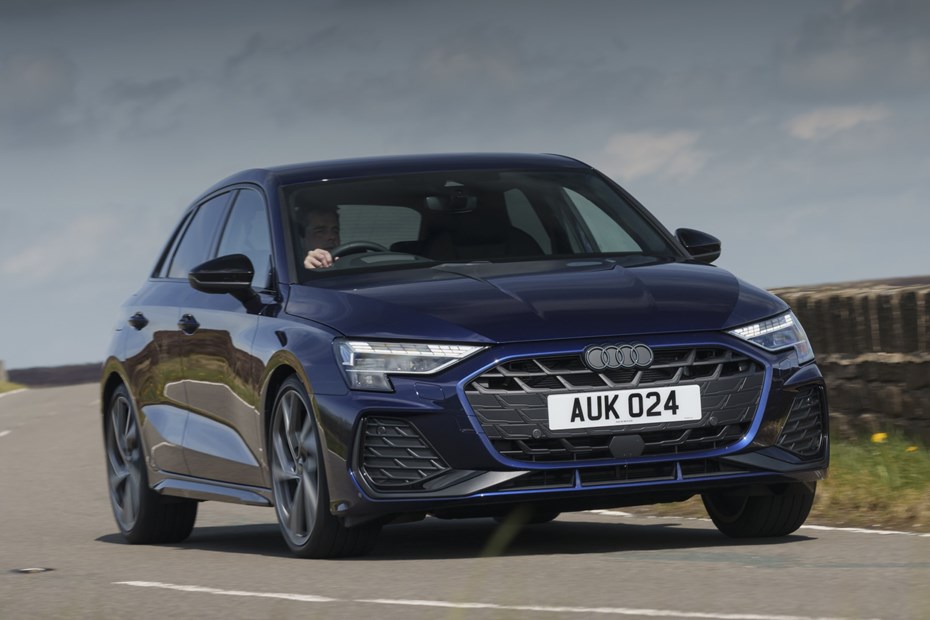
Miles per pound (mpp) ⓘ
| Petrol engines | 5.5 - 8.1 mpp |
|---|---|
| Diesel engines | 6.0 - 8.4 mpp |
| Plug-in hybrid petrol engines * | 6.4 - 8.4 mpp |
Fuel economy ⓘ
| Petrol engines | 37.7 - 55.4 mpg |
|---|---|
| Diesel engines | 47.1 - 65.7 mpg |
| Plug-in hybrid petrol engines * | 43.5 - 57.6 mpg |
- Very competitive fuel economy, CO2 figures
- Expect improvements over the old car
- Hybrid models can keep running costs low
What are the running costs?
As is to be expected, the plug-in hybrid in the most efficient Audi A3 – on paper. According to the official WLTP figures, it’s capable of 256mpg and emits just 31g/km of CO2. Range in EV mode is pegged at 39 miles. In our testing, we achieved 50mpg over the course of an hour of mixed driving; recharge regularly and you should see at least that. Expect EV range to be around 30 miles.
The 35 TDI is, of course, the most efficient of the non-hybrid A3s. The WLTP figures show it can manage 57mpg, however we achieve over 63mpg with an S Line-spec example in a week of mostly A-road and motorway driving.
Both the 30 TFSI and 35 TFSI petrol engines with the Sport trim return around 50mpg with a manual gearbox, and 53mpg with an automatic. The bigger wheels of other models knock those figures back a bit.
The old 1.0-litre 30 TFSI petrol also posts 50mpg manual, 53mpg automatic fuel consumption, while the 40 TFSI manages about 40mpg. The 30 TDI could achieve as much as 60mpg, the 40 TDI reaches more like 50mpg.
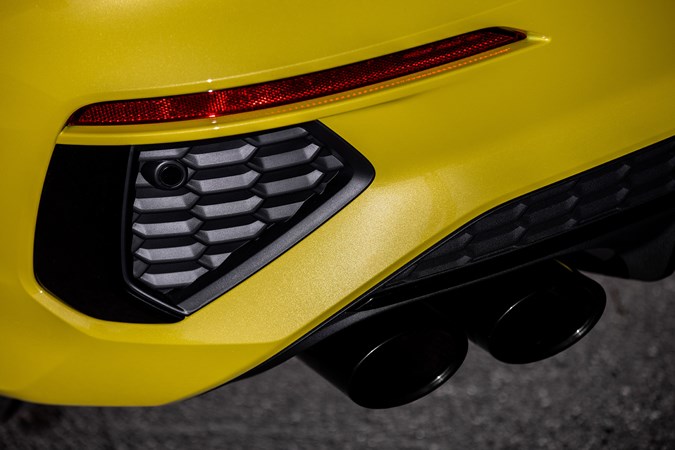
Servicing and warranty
Premium brands like Audi generally charge more for servicing than the likes of Ford and Vauxhall. But you can spread the cost of maintaining an A3 by getting one of Audi’s service plans.
The standard warranty lasts for an industry-standard three years or 60,000 miles. Extended warranties are available, but you still get longer coverage from the likes of Hyundai, Kia and Toyota.
Reliability
- Shares platform with the VW Golf
- Largely a update of the previous A3
- Tech used across the VW Group
The fourth-generation Audi A3 is, to all intents and purposes, a heavily updated version of the third-gen iteration. As such, it’s platform, engines and tech are very well proven – not just in the A3 but across a vast number of VW Group cars.
Audi generally has a pretty good reputation for reliability among premium brands, though such brands tend to do worse in owner satisfaction surveys than their mainstream counterparts. Curiously. However, our owners’ reviews suggest that A3 owners get on with their cars very well.
There have been some recalls issued for this generation of A3, but the kinks seem to have been ironed out, now. If you’re looking at a used example, go through its service history to make sure any recall work has been carried out, or contact a dealer. Outstanding recalls are listed on the MOT certificate of any A3 that’s more than three years old.
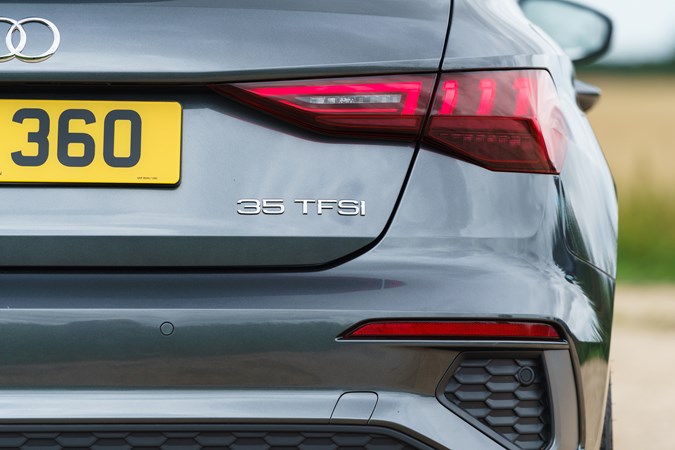
Ongoing running costs
| Road tax | £195 - £620 |
|---|---|
| Insurance group | 14 - 29 |
Get an insurance quote with

|
|



